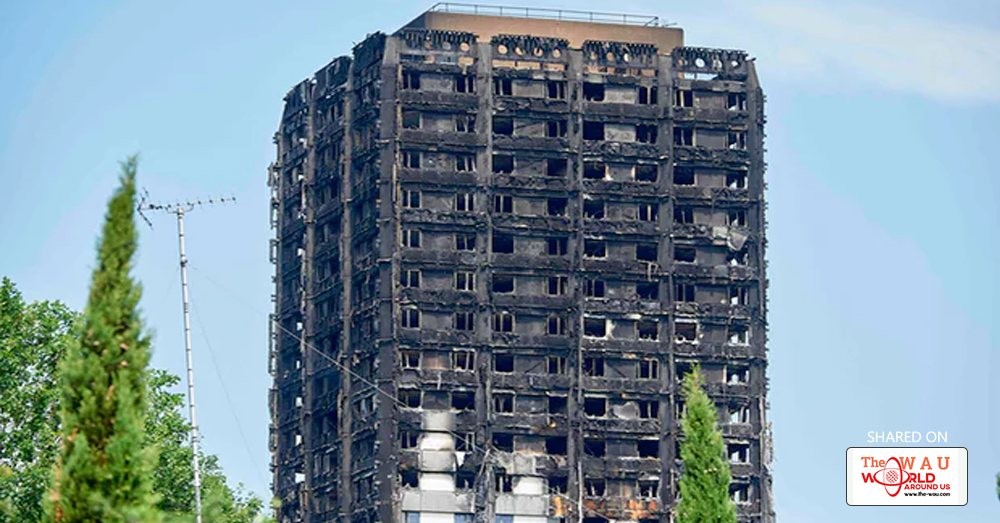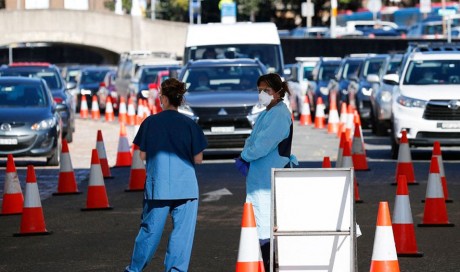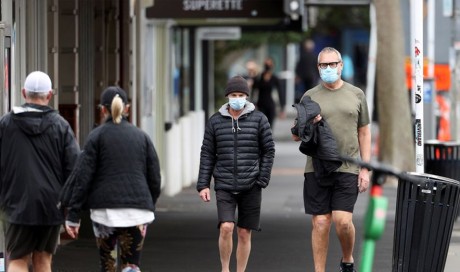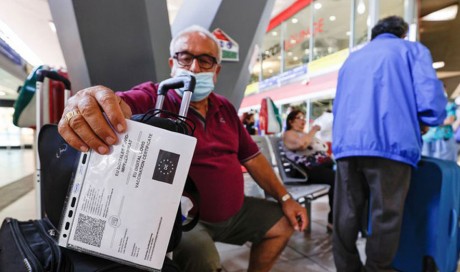Grenfell Tower renovation works were inspected 16 times by Kensington and Chelsea council, but these checks failed to prevent the use of the flammable cladding being blamed for spreading the fire that killed at least 79 people.
Inspections were spread over almost two years during the £10m refurbishment project between 2014 and 2016, but these appear not to have spotted that the building was being clad in a material effectively banned on tall buildings by the government.
Conservative-run Kensington and Chelsea council told the Guardian that the first inspection took place on 29 August 2014 and the last was on 7 July 2016, at which point a completion certificate was issued. It added that building inspectors working for the council undertook the work.
Judith Blakeman, a local Labour councillor who represents the Grenfell residents, said: “This raises the question of whether the building regulations officers were sufficiently competent and did they know what they were looking at. It also begs a question about what they were actually shown. Was anything concealed from
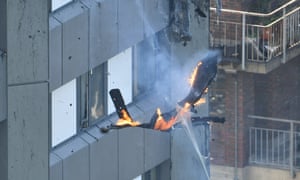
It also emerged that in 2012, designers Studio E Architects proposed fire-retardant cladding, but the product that was eventually supplied for the Grenfell Tower works had a flammable polyethylene core.
Kensington and Chelsea council has already faced widespread criticism of its response to the catastrophic fire and the Red Cross has been drafted in to help with the disaster relief. On Wednesday, as the first funeral of a victim took place, Theresa May apologised in parliament for what she described as “a failure of the state, local and national, to help people when they needed it most”.
Rehousing of Grenfell Tower families in luxury block gets mixed response
Read more
As part of an attempt to permanently rehouse displaced families, the communities secretary, Sajid Javid, also announced that 68 “affordable” furnished flats built as part of a luxury apartment complex in the richer part of the borough are being made available from next month. Government money has been released to speed up their completion. The flats are in a complex where prices start at £1.6m and have been bought from the developer, St Edward, by the Corporation of London, which will run them as part of its social housing stock.
A “far-reaching” criminal investigation, involving about 250 investigators and led by Scotland Yard, is examining how the fire started, how it spread and how the building was managed and maintained, fire safety measures and the refurbishment.
Blakeman added that she had challenged the Kensington and Chelsea Tenant Management Organisation, the council’s arms-length housing department, over fire safety issues several times. These included residents’ fears about relocating boilers into hallways.
After the Guardian published this article Tottenham MP David Lammy tweeted:
Absolutely disgraceful. This is corporate manslaughter and gross negligence on a massive scale. Heads must roll. https://t.co/hBNM7YFyNH
— David Lammy (@DavidLammy) 21 June 2017
The revelations about the extent of oversight by the council’s building inspectors came in the most detailed explanation yet from the council about how they assessed the tower’s safety. They emerged in response to inquiries by the Guardian about how the flammable cladding was approved.
Aluminium cladding of the type believed to have been used at Grenfell, with a polyethylene filler, is not compliant with building regulations on taller buildings in the UK. The Department of Communities and Local Government, which oversees building regulations, says: “Cladding using a composite aluminium panel with a polyethylene core would be non-compliant with current building regulations guidance. This material should not be used as cladding on buildings over 18m in height.”
It remains unclear when and how the more flammable material was substituted and the council declined to comment on what judgments its building inspectors made about the cladding during their site visits. The contractor Rydon has said it “met all required building control, fire regulation and health and safety standards”.
The council also said that its building inspectors vetted detailed drawings before works began as part of a “full plans” application, which usually includes the specifications of materials. However, it added that “a formal decision notice was not issued for the plans”.
Geoff Wilkinson, who runs a company of approved building inspectors, said this raised “a very important question” about the detail shown on the plans and whether the council had been able to consult fully with the fire service about the plans, as the formal decision notice would only be issued when the fire service has responded to consultation from the council.”
Firefighters, fire safety experts and architects have voiced alarm about the speed at which the fire swept across the panels, installed to improve the building’s insulation and appearance. Images of the burning tower appear to show panels burning strongly around their edges.
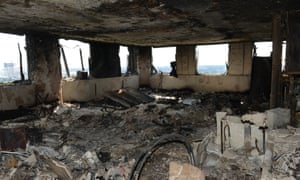
There have also been concerns about the building’s escape routes, alarm systems and absence of sprinklers.
“The proposed plans and other details submitted were reviewed by RBKC [Royal Borough of Kensington and Chelsea] building control,” the council said in a statement. “While a formal decision notice was not issued for the plans, the plans submitted were fully vetted by building control with comments provided; these comments were then followed up by the site inspection regime. Site inspections began on the 29/08/2014 with 16 inspections undertaken with final completion issued on the 07/07/2016 and a completion certificate issued.”
Part B of the building regulations, which deals with fire risk, states: “The external envelope of a building should not provide a medium for fire spread if it is likely to be a risk to health and safety. The use of combustible materials in the cladding system and extensive cavities may present such a risk in tall buildings.”
Barry Turner, director of technical policy at Local Authority Building Control, which represents council building control teams in England and Wales, said: “What we need to know is what was inspected. You can go on site 16 times but not necessarily see everything you need to see. They may have inspected the fixings, the fire barrier and the cavity, which are equally important but are useless if you put a flammable material on the front.”
Turner said that it was difficult to tell the difference between fire-resistant and non-fire resistant panels once they are installed and stressed that “the person responsible for doing it right is the person carrying out the work”.
Share This Post

